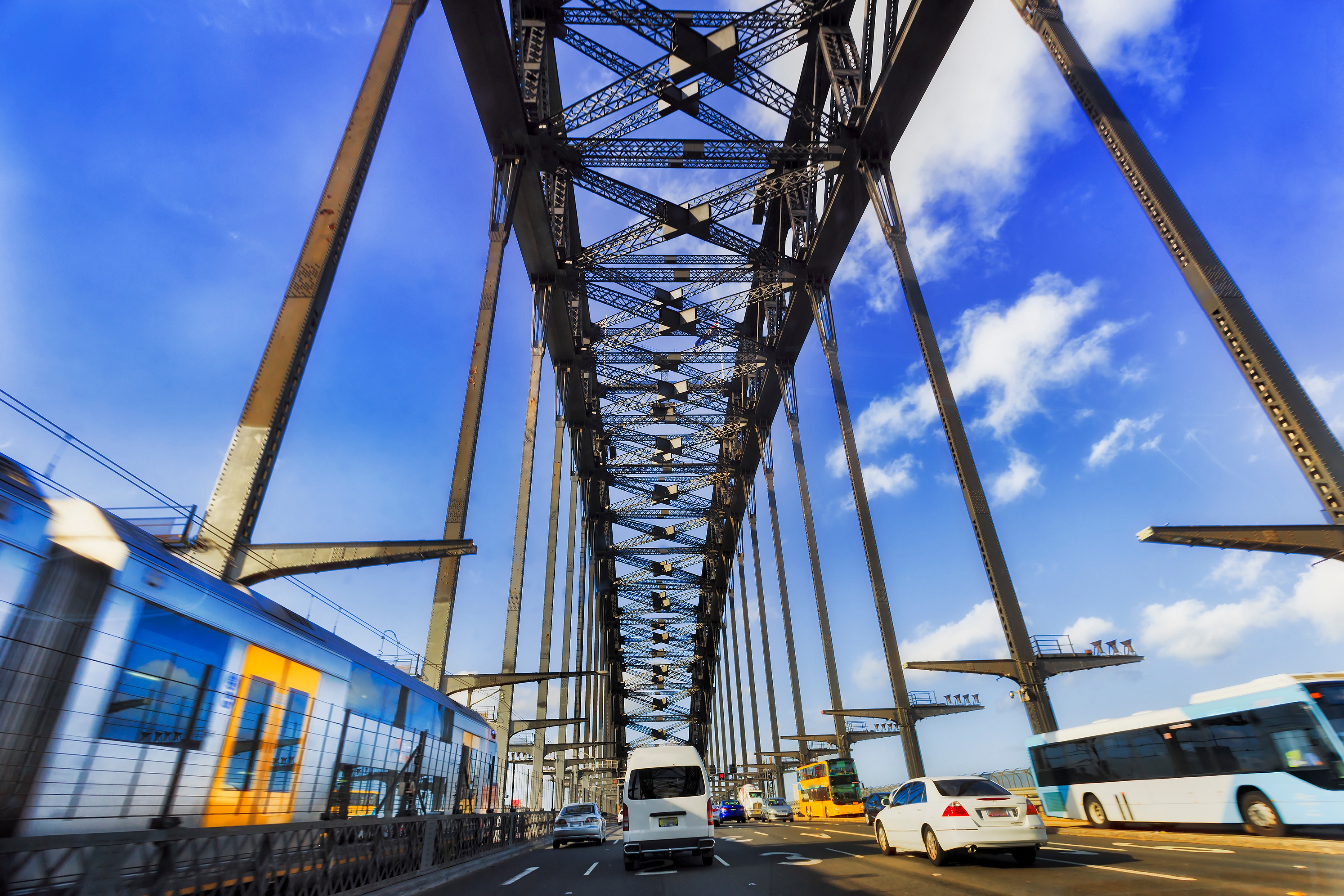Commuting to and from work is a stressful experience in most countries. But as the industry faces increased competition, attracting more passengers is crucial for many rail companies.
GermanRail is aiming to attract 50 million more passengers each year by 2030. The company faces growing competition from carpooling and long-distance buses. Since long-distance bus de-regulation hit three years ago, GermanRail’s long-distance profits have been cut in half. The company’s yield per passenger has also dropped by approximately 50% as passenger revenue and numbers have remained consistent.
GermanRail is hoping to make rail more attractive to commuters, with improved mobile phone reception and Wi-Fi on existing trains (already available when passengers use long-distance buses), along with a range of cheaper tickets. The company is also planning to significantly reduce journey times, reaping the benefit of the substantial infrastructure investments it has made over the past 10 years. GermanRail has new high-speed lines opening over the next 10 years, while the Munich-Berlin journeys will be reduced by more than two hours by December 2018.
The company expects 5 million people to switch from bus or car to rail thanks to higher train frequencies and an expanded network. However, it does admit that the punctuality of long-distance services will need to be significantly improved if the plan is to be successful.
In the United States, passenger rail has been struggling for some time. Rail is less reliable, more expensive, and far slower than its global counterparts. Not only does rail far cost almost twice as much per mile in the United States as it does in Europe, but most of the time these trips are at much slower speeds. Since passenger rail is still one of the most efficient and environmentally friendly forms of transport, the United States needs to invest in the types of amenities and services that will attract new passengers.
The 1970 Rail Passenger Service Act had a significant, negative effect on Amtrak, the national passenger rail system in the United States. At the time, there were many different private companies operating passenger rail throughout the country. But these companies had lost most of their passengers to air and car travel. The United States established Amtrak in a bid to save passenger rail. However, while it was understood that private rail was unlikely to be profitable in the future, Amtrak was still established as a for-profit company.
Since freight is so much more lucrative in the United States, railway owners have had little reason or incentive to expand or upgrade their tracks. In many states, infrastructure desperately needs to be repaired, with some bridges originally built in 1880.
If Amtrak was to become a not-for-profit and was supported by the state, it could reduce fairs and focus on improving and expanding current services. The government needs to allocate significant funds for infrastructure upgrades and repairs, which would finally make rail a desirable alternative for Americans- slashing greenhouse gas emissions.
If rail companies are going to attract more passengers and convince commuters choosing cars and buses to switch to rail, changes will need to be made. These changes include a massive increase in infrastructure spending, a commitment to reducing delays and increasing punctuality, and more affordable tickets. Forward-thinking companies will also aim to appeal to constantly-connected passengers with free wifi and better mobile connectivity.
Rail companies can decrease fares by reducing operating costs. One of the best ways to do this is to switch to a more cost-efficient power source. If you’d like to learn how we can help you with your power needs, get in touch today.




